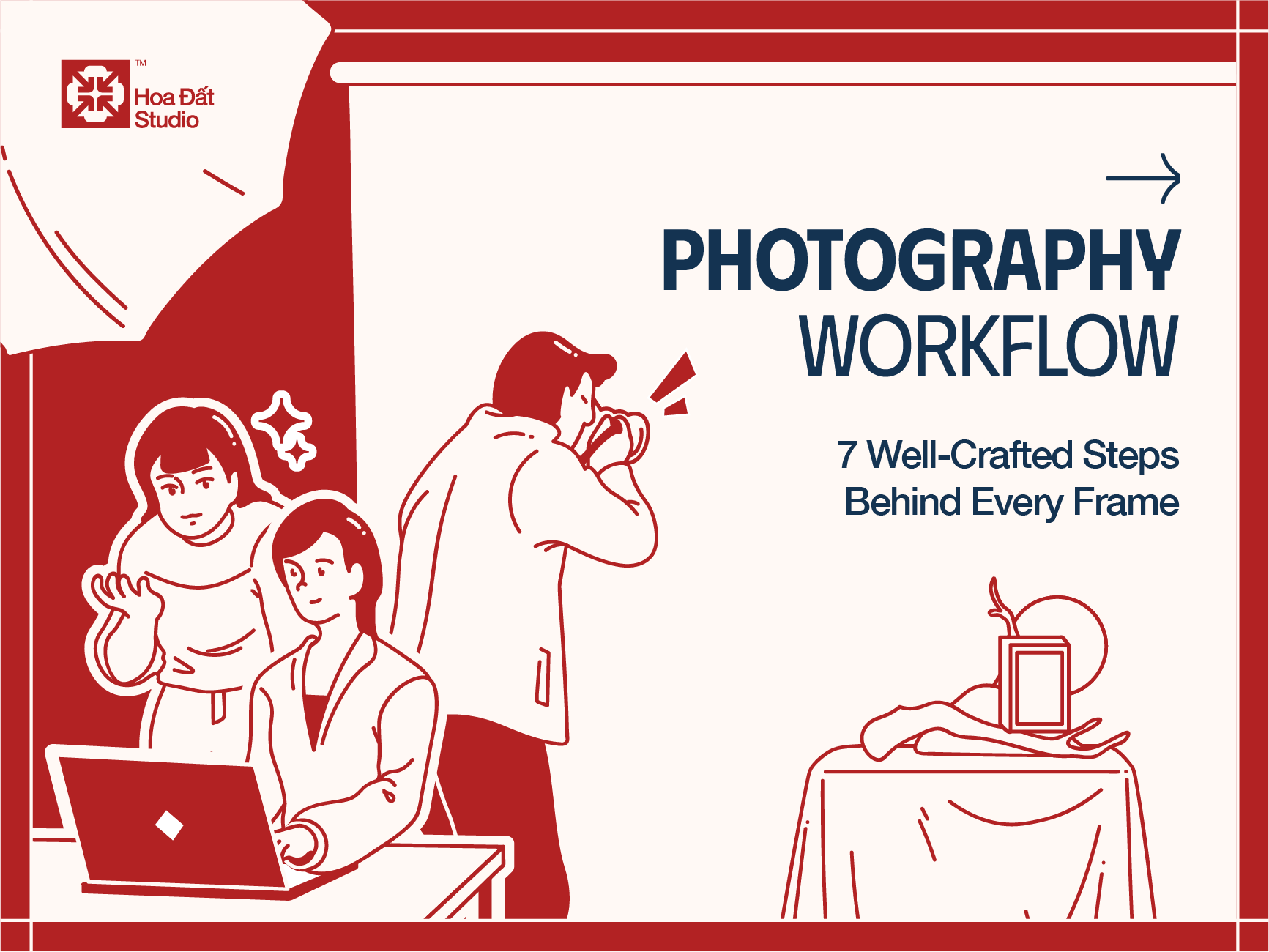
In food photography, contrast is more than just a technical element - it's a key to unlocking emotion. It makes an image not only “beautiful” but also “right” - right on focus, right in message, and right in evoking the viewer’s feelings. When a photo has clear contrast, the viewer’s eyes are naturally led to the main subject, as if a story were being told without words.
1. Similarity Builds the Base - Contrast Breaks It
Gestalt principles suggest that our brains automatically group similar elements together to create a sense of stability and comfort. But in that very uniform space, one deliberately offbeat detail can become the center of attention — like a story told through intentional disruption.

2. Color Contrast
Color is the first visual element that strikes the eye. Contrasting color pairs - red-green, orange-blue, yellow-purple - not only make subjects pop, but also evoke emotions: warm – cool, joyful – calm, bold – delicate.

3. Light Contrast
Light doesn’t just illuminate food - it shapes emotion. Using high contrast lighting (bright highlights vs. dark shadows) can make food look more dramatic and vivid. This is a go-to technique used by many food stylists and photographers to guide the viewer’s gaze.

4. Pattern Contrast – Visual Density
Placing a simple object against a complex patterned background, or vice versa, creates a visual pause. This helps the object stand out without needing to change color or lighting.

5. Size Contrast
The difference between large and small creates a sense of space and highlights the subject. In food photography, placing a small dish on a large plate or among bigger objects creates “breathing room”, making the food appear more refined.

6. Shape Contrast
Round – square, tall – flat, soft – structured… Each form delivers a distinct vibe. Combining contrasting shapes in one frame creates layered visual structure, evoking a modern and balanced composition.

7. Texture Contrast
Texture brings the sense of “touch” to a static image. Contrast between soft – hard, glossy – rough, wet – dry adds depth that viewers can feel through imagination.

8. Motion vs. Stillness
Movement vs. stillness creates moments. In a static frame, one moving detail becomes the focal point because it disrupts the stillness of the image.

9. Emotional Contrast
Emotion — the hardest element to control — when captured amidst a polished setup, adds genuine impact. Viewers tend to linger longer on spontaneous smiles or authentic moments because they feel a personal connection with the image.

10. Contextual Contrast
When food appears in unexpected settings, the surprise creates strong visual impact. This is an idea-driven contrast — defying expectations to spark new experiences.

Conclusion
Contrast isn’t just a technique — it’s a way to tell stories, evoke feelings, and embed dishes in the viewer’s memory. At Hoa Đất, we explore every layer of contrast — in light, color, texture, and emotion — to craft images that are not only beautiful, but that make viewers want to “reach out and taste the food”.



